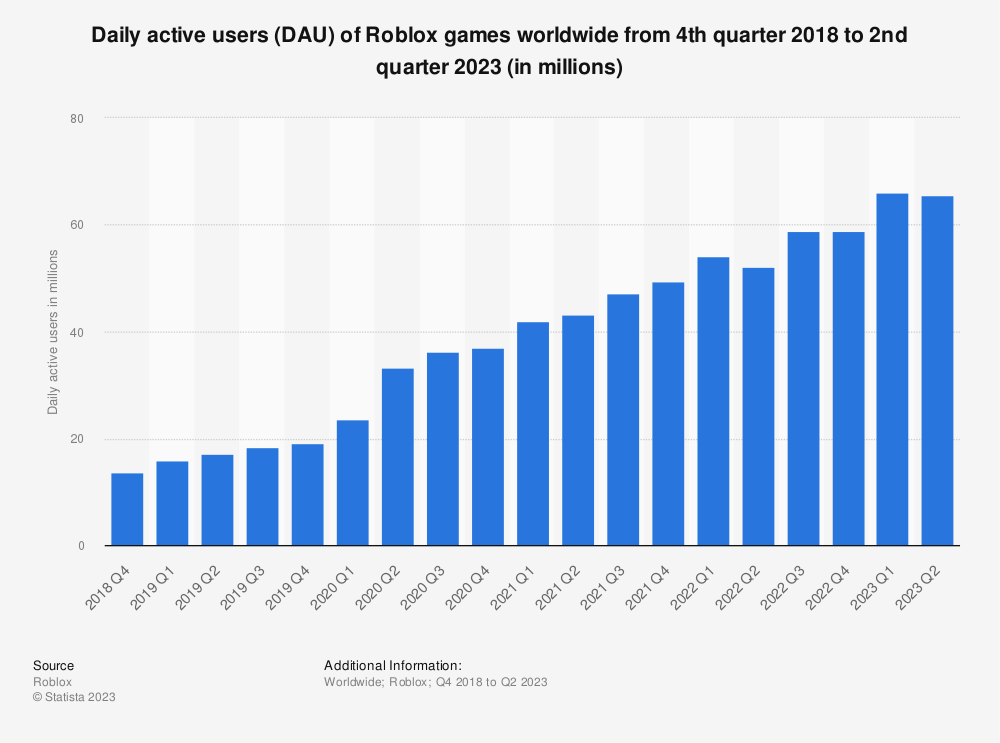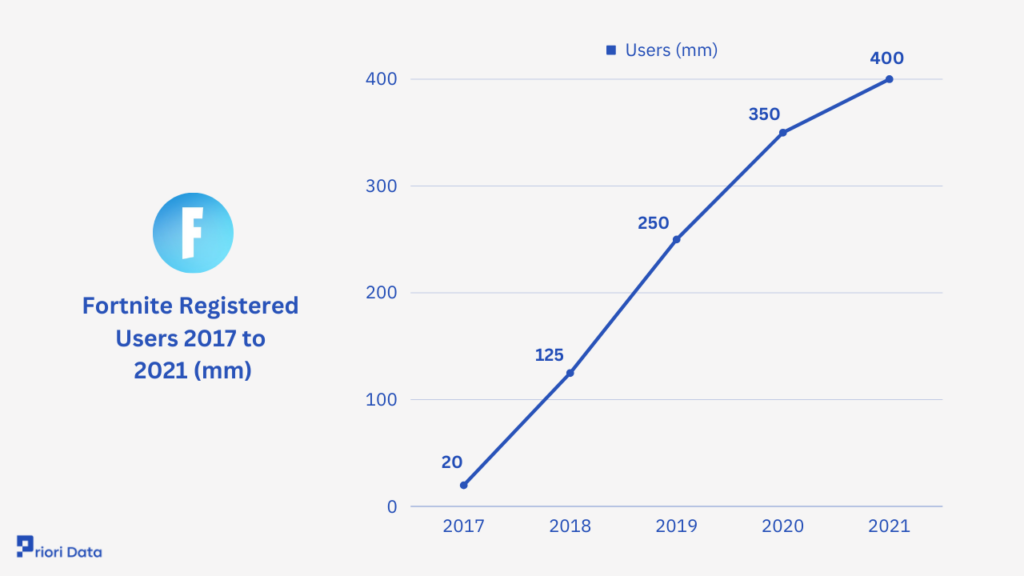Roblox vs. Fortnite in the Battle for Attention: The New Kings of Audience Engagement
Welcome back to another deep dive into the world of digital opportunity. A world where gaming is blowing traditional media out of the water in terms of attention, demand, and dollars spent. In today's installment, we're pitting two giants against each other in the realm of attention-grabbing: Roblox and Fortnite. These two platforms have become the playgrounds of choice for the Gen Z and Millennial cohorts. It's not just about games anymore; it's about ecosystems that foster innovation, collaboration, and, importantly, a new realm for fan experiences.
Before we jump in, let's talk numbers. A recent article by Aron Garst indicates that Fortnite boasts about 70 million monthly average users, while Roblox flexes a staggering 250 million players bouncing from game to game every month. Now, take a moment to juxtapose that with cable TV. According to Nielsen ratings, most cable networks are pulling in single digit millions of viewers in their prime time slots. You see where I'm going? Fortnite and Roblox are not just keeping up with traditional media; they've already beat them and the lead is growing.
While both platforms have impressive user stats, where they truly diverge is in their approach to brands and collaborations. Fortnite has recently partnered with My Hero Academia, offering new skins of Shoto Todoroki, Eijiro Kirishima, and Mina Ashido. They aren't just throwing in some characters and calling it a day; each skin comes with an emote, backbling, and a pickaxe. And if you thought that was cool, the game also adds Todoroki's Ice Walls—a durable barrier that can protect players during matches. This is just the latest in a long string of crossovers for Fortnite. From Star Wars' Ahsoka Tano to TikTok sensation Khaby Lame, Fortnite is becoming the Hollywood Boulevard of the digital age. I recently bought the Spiderman 2099 and Miles Morales pack for 1700 Vbucks (in-game currency, about $20). Why? Because I was playing with friends and even as a “grown up”, I had to flex!
Roblox, on the other hand, offers a different take. It has become a platform for IP licensing that lets brands take control of their own narrative and engagement strategies. Instead of being just a passive recipient of popular culture, Roblox invites brands to create their own experiences, driving over one million experiences and counting. Hamilton the musical wants to bring a new experience to their fans? Build out a new world! Roblox offers the flexibility and control brands need to build great experiences.
It's not just about hosting a game anymore, it’s ecosystems rather than just a platform. According to Epic Games CEO Tim Sweeney, the future of these platforms is about creating ecosystems where creators have the tools to make increasingly complex games and experiences. And that's what we're seeing: a pivot from game playing to game making. Developers have already been able to mimic AAA game maps like Call of Duty in Roblox and recreate the Legend of Zelda: Breath of the Wild map on Fortnite. Both platforms have thus become more than just games. They're communities, economies, and learning platforms, boasting numbers that dwarf traditional forms of media.
How does this all play out? What does the future look like here? According to industry experts, these ecosystems are going to evolve, incorporating more tools and genres. It's clear that Roblox and Fortnite are not just competing against each other; they are competing for your attention against all forms of media. And at this rate, they're winning.
It's high time brands recognize the enormous potential these ecosystems hold, not just as advertising platforms but as active spaces for engagement and co-creation. They're not just playgrounds; they're the future hubs of social interaction, commerce, and, yes, attention.
Until next time, keep those eyes peeled. Who knows where the battle for your attention will take us next?



